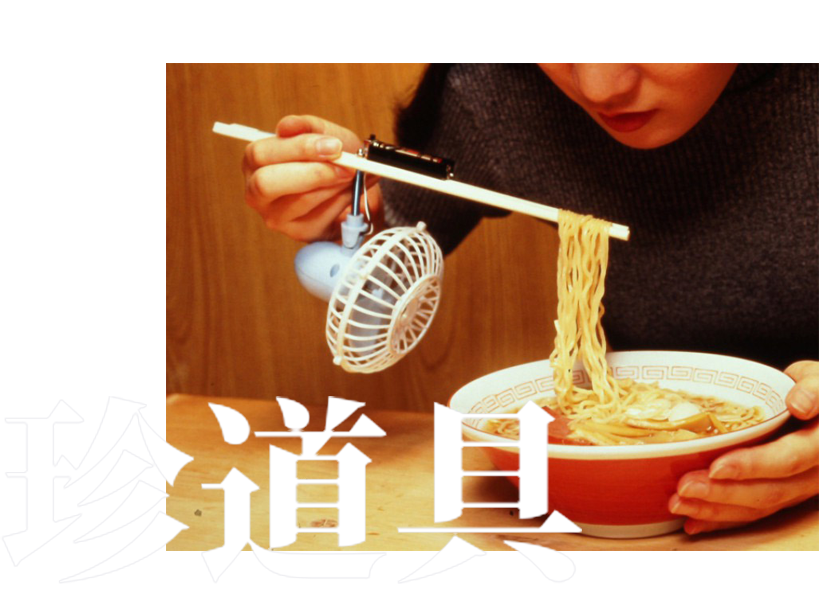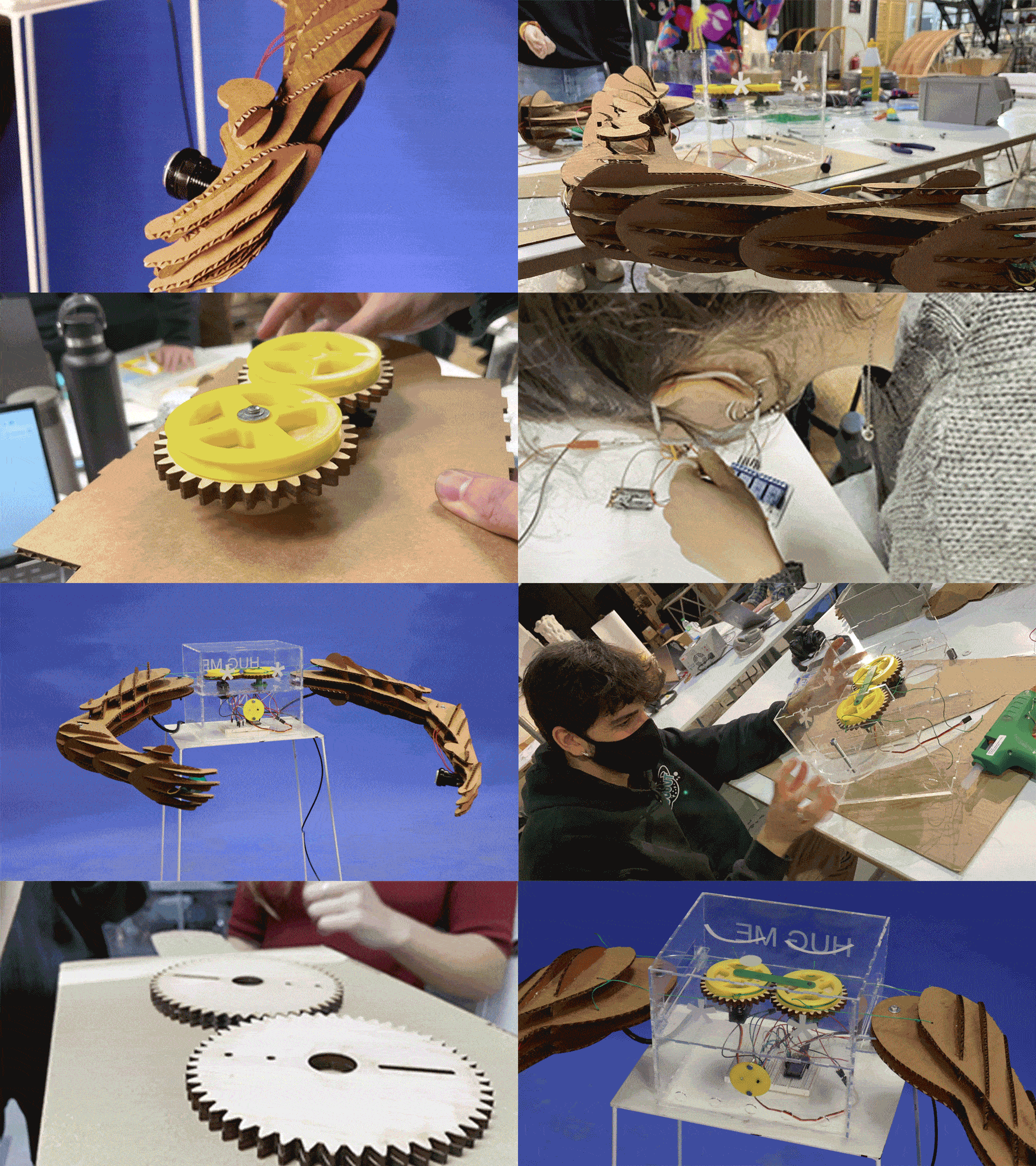/weekSeven.tech_beyond_the_myth.2
(21_november_2021)
This second week of Tech Beyond the Myth was devoted entirely to the workshop Almost
Useless Machines. The aim of this workshop was to create a machine that was not very
useful. A machine that was functional but not practical or useful in itself. It had to
be an artefact created and thought from a feeling that we wanted to transmit to the user.
At the beginning of this activity, the FabLab team showed us some of the projects from previous
years so that we could have some reference of what we had to obtain at the end and of the
possibilities of combining basic electronics with mechanics. They also gave us some
recommendations on how to approach this project such as learning spiral development prototyping,
using iterative design processes, maximizing uselessness with the minimum hardware, integrative
design as a means of showing all the components in a beautiful way (by not hiding wires),
minimalism, etc.
On the other hand we were also introduced to the Chindōgu concept, a Japanese concept that
expresses an ingenious gadget that seems useful but in the end it causes more problems than
it solves.
I would relate it to the current concept of "Life hacks" that is becoming so popular
all over the world and where the absurdity of the products or the actions that are carried out
border on nonsense.

.hug_me_not
My group, formed by Anna, Fiorella, Marina, Paula B., Rei and myself, decided to base
our project on the emotions of desperation, anticipation and discomfort. In order to
transmit these feelings, we thought of a machine that would give hugs but where the arms
would never close nor would they ever touch the person they were theoretically hugging.
A hug is a very comforting sensation, a warm contact and a sign of trust. In our case we
wanted to create a cold and opposite sensation to reality, where the person never felt
comfortable or at ease.
After that, we started to think about how this machine could work and how to achieve an
attractive and minimalistic design. Besides, we were given some recycled components from
other electronic devices (buttons, motor, infrared sensor) and we had to think how to
integrate them into our device. From there, we made some first prototypes in cardboard to
see how the structure of our robot would work and once we checked its feasibility we
started to work on the final design.

We divided up the different parts of the machine: arms, body, mechanism, electronics and
code, and we discussed the advances and problems at each stage of the creation. It was
really interesting to see how each of the parts was improving from the initial idea and
how everything became more complex and at the same time more elaborated and visually attractive.
In this presentation we show the whole construction process of the Hug Me Not machine:
And finally, this is the video presentation of our machine, where one can see how it works
and also a close-up of the details, mechanisms and electronics:
To conclude this project, I believe it has been a truly enriching experience for all
the knowledge it has given us all and for me personally. It has been a way to enhance
our creativity in a collective way, where we all participated in the creation process
of each of the parts. I think it is a very good idea in a situation like this to think
about what you want to transmit first of all, and from there to develop the object. I
will certainly start using this methodology in the future.
I also found it very interesting to develop a machine that incorporated mechanical
and electronic pairs in just 3 days. It has been one of the most intense weeks of the
master so far but the fact of seeing how everything started to take shape and to work
was a very gratifying feeling. I truly enjoyed being able to create a circuit and a
code from scratch and to see how what at first is something virtual, becomes something
real and physical. It was also great to be able to watch the creation process of the
other groups in the class and see how everything was changing and evolving, from the
prototypes to the final design.
On the other hand, I was able to start collaborating with people from the class,
something I had wanted to do for a long time, and I think that by combining our
knowledge we were able to obtain an almost unbeatable result. Obviously everyone has
their own way of working and sometimes you need a moment of sharing and talking things
through, but the good thing is that we all have different qualities and where one
doesn't reach, the other does. Sharing information and learning from each other is one
of the most valuable things there is.
